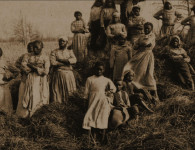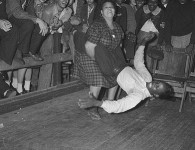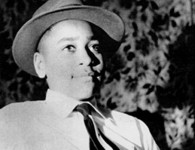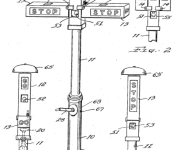Photo credits: George Cruikshank
On April 18, 1846, enslaved Black people in New Jersey were made “apprentices for life” to labor for their white enslavers indefinitely.
White enslavers continued to exploit and profit from the work of Black people who were now referred to as “apprentices” instead of “slaves.” However, Blacks were still unable to attain freedom without a documented certificate of release from their “masters or mistresses.”
Slavery in New Jersey was abolished by the Act, although it had little effect on the fate of Black people held in bondage in New Jersey. New Jersey’s new slavery statute maintained many of the same repressive elements that characterized servitude in New Jersey and abroad. The law, for example, made it illegal for Black “apprentices” to leave New Jersey and penalized anybody who concealed or housed an “apprentice” or helped them go.
Since New Jersey had approved the “Gradual Abolition Act” in 1804, no further action had been taken to eradicate slavery inside its boundaries by the Northern states. Rather than ending slavery, the statute delayed its abolition for decades and ensured that Black children who had not yet been born would spend their childhoods in servitude.
Under the 1804 statute, liberated persons born after July 4, 1804, would be released at the age of 21 for women and 15 for males, if they were born to enslaved people. More than 2,000 Black individuals were still slaves in New Jersey in 1830, despite the passing of this 1804 law.
The 1846 Act, like the 1804 Act, did little to eradicate slavery in New Jersey. The remaining “apprentices” were freed until after the Civil War and the approval of the 13th Amendment in 1865, which ended slavery in the United States, save as punishment for criminal acts in 1865.





















No comments